Welcome back as we dive into another classic turntable from the golden era, the beautiful Pioneer PL-L1000 linear tracking direct-drive turntable.
My apologies for the lack of articles so far this year. As one of the few people creating in-depth content like this from scratch, brain & device to page, whilst also attending to a crazy customer booking schedule, there is just never enough time. I know how much people enjoy this content, though—I do, too, so here we are again!
I’ve been so busy that I’ve stopped creating videos, but I’ve made one specifically about this deck and uploaded it today, ready for this article. I hope vinyl lovers enjoy this long-overdue dive into another classic turntable and one of my personal favourites.
Dedication
This Pioneer PL-L1000 turntable repair and article are dedicated to my lovely customer, Brian, who recently suffered a devastating family loss. I won’t go into details here as it’s not my place to do so, but I’d ask that we all send Brian and his wife and family solidarity, love and best wishes. You are also welcome to leave Brian a comment below. I know he will see and appreciate them!
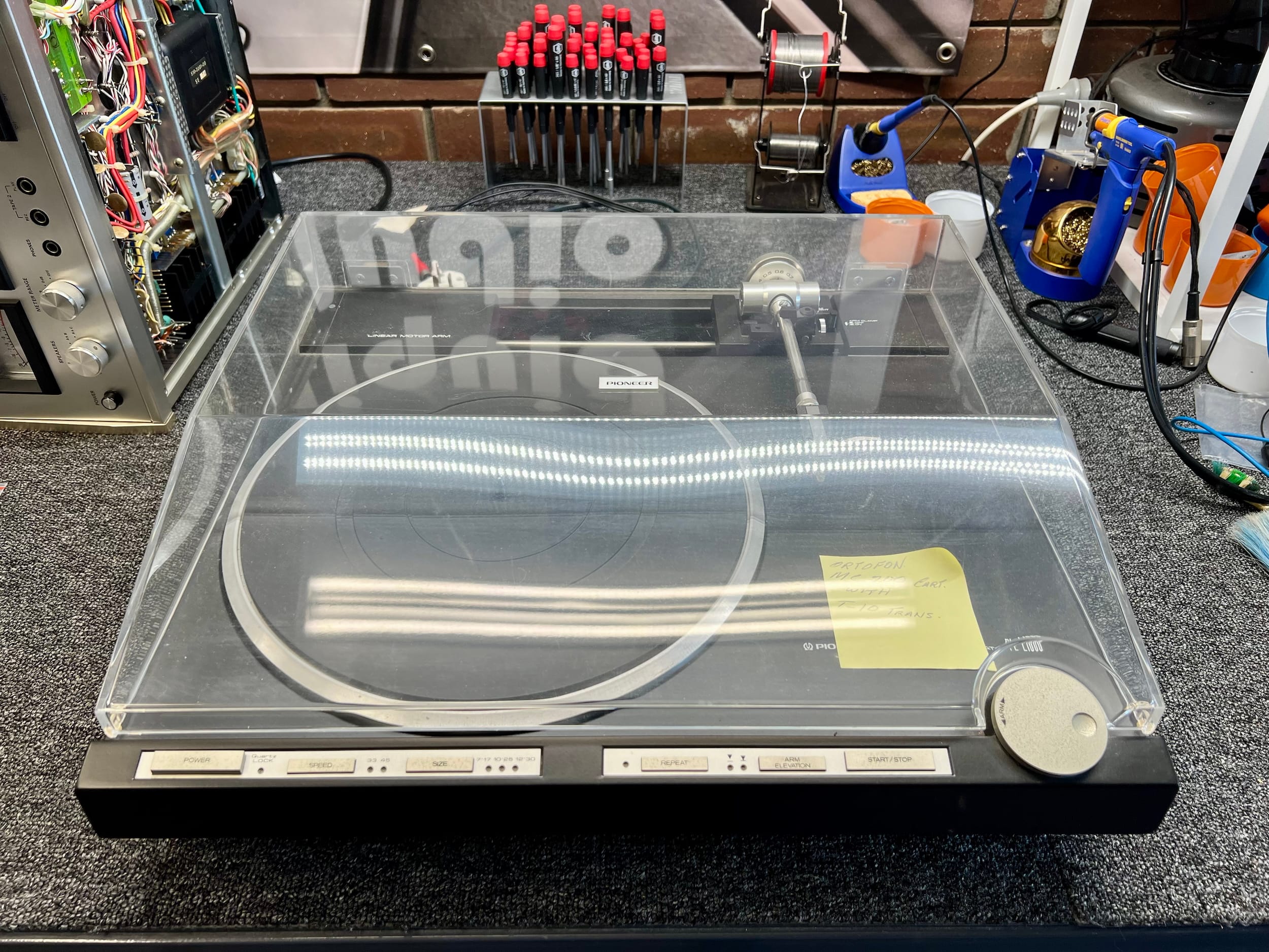
Pioneer PL-L1000 Video
That video I mentioned gives me a chance to go much further into deck operation and talk more about the virtues of these wonderful machines. Feel free to watch it here:
Features
The Pioneer PL-L1000 direct-drive linear tracking turntable has several interesting and genuinely useful features that contribute to its fantastic sonic performance. The first is direct-drive – the drive type used on record cutting lathes because of its stability and ability to remove platter speed variations from the equation, when implemented properly as it is here, of course.
The next and, I think most interesting feature though is the tangential or linear tracking tonearm, more on that in a moment. Finally, the soft touch controls on the PL-L1000 mean that everything from arm lift/lower and track selection can be done with the touch of a button or rotation of a lovely weighted scroll wheel. Only the Japanese can engineer and build things like this. But you already know that. Nothing like the Pioneer PL-L1000 is made today, by the way.
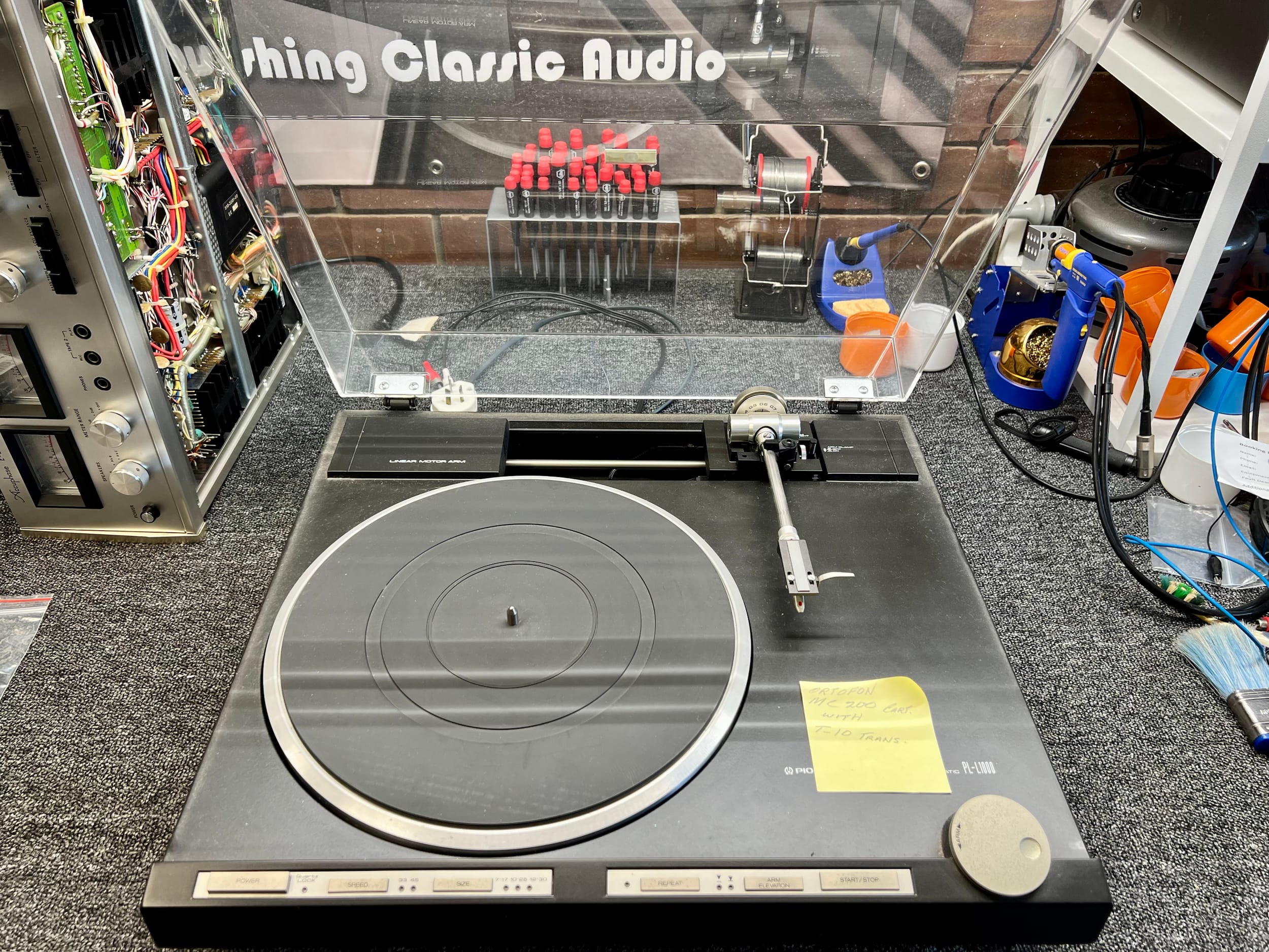
Linear Tracking
Normal radially mounted tonearms are fixed at their rear ends and scribe an arc across the record surface. This arc is more like the ideal straight line the longer the arm is. Therefore, the best radially mounted arms are the longest ones as they generate the least tracking distortion. I’ve written about here for example. Of course, nobody wants a one-meter-long tonearm, so there are limitations.
Linear tracking arms take this one step further and remove tracking distortion altogether by having the arms move tangentially, across the record, along what is a radius from the record centre to the edge, and a perfectly straight line, impossible to do any other way. A 100m long radially mounted tonearm would not be long enough, and all arcs are a compromise. Straight lines are best, hence linear trackers.
There are a few legendary linear tracking turntables, including two great decks from Technics that I’ve worked on many times over the years – the Technics SL-10 and the Technics SL-M3. Both are highly worth seeking out, but I like the Pioneer PL-L1000 even better. It has the best tonearm of the lot in terms of bearing quality, smoothness and performance. I love and highly recommend all of these, though.
Thanks to a reader with a Pioneer PL-L1000 named Ed, we now have this lovely period advertisement:
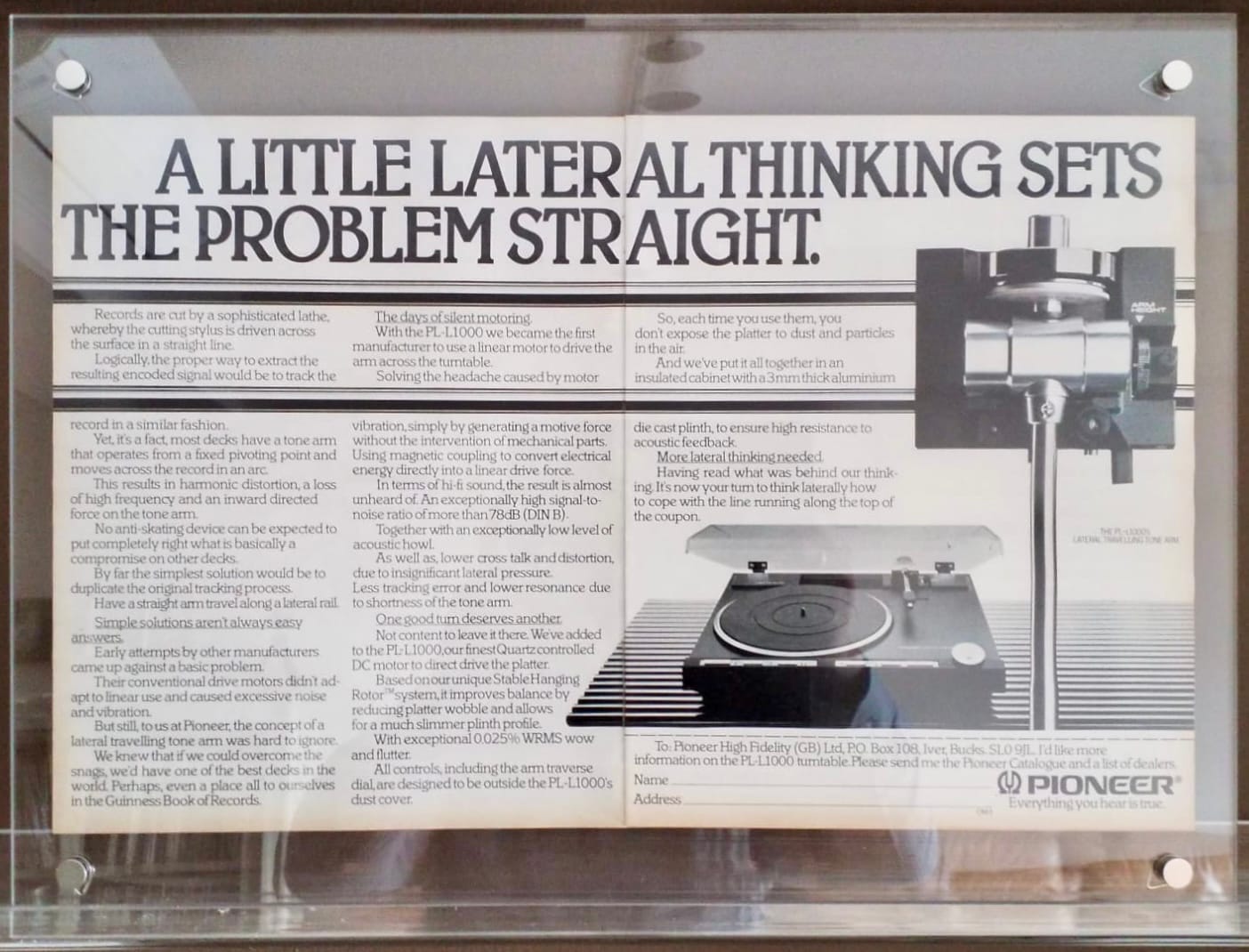
Pioneer PL-L1000 Specifications
Adapted by Liquid Mike, courtesy of the legends over at Vinyl Engine
Drive system: direct drive
Motor: quartz PLL Hall motor, hanging rotor design
Platter: 310mm aluminium alloy diecast
Speeds: 33 and 45rpm
Wow and flutter: less than 0.013% WRMS
Signal-to-noise ratio: more than 78dB
Tonearm: linear direct drive motor, static balance, linear tracking
Effective length: 190mm
Overhang: zero mm
Cartridge weight range: 4 to 24g
Headshell weight: 10.5g
Dimensions: 494 x 154 x 456mm
Weight: 12kg
Accessories: EP adaptor, screwdriver, overhang gauge, level, cleaning cloth, cartridge mounting parts, cartridge (PC-600)
Repair and Service
I repaired my first Pioneer PL-L1000 many years ago, so Brian’s deck – the one you see here – was not my first PL-L1000 rodeo when I completed it in 2023. These decks suffer from several degradations and issues that are commonplace now. Typically, when I see one of these decks for service, I try to attend to all of them.
I will avoid describing all those technical details here for reasons you may already understand, but you’ll get the gist. The key issues with this PL-L1000, and most others, were problems with decaying arm lift/lower motor mounts and the associated mechanisms and motor, the unit desperately needing cleaning and service and electronic gremlins including control panel and mainboard issues causing erratic operation.
We solved all these, thank goodness. Time to get stuck into this repair!
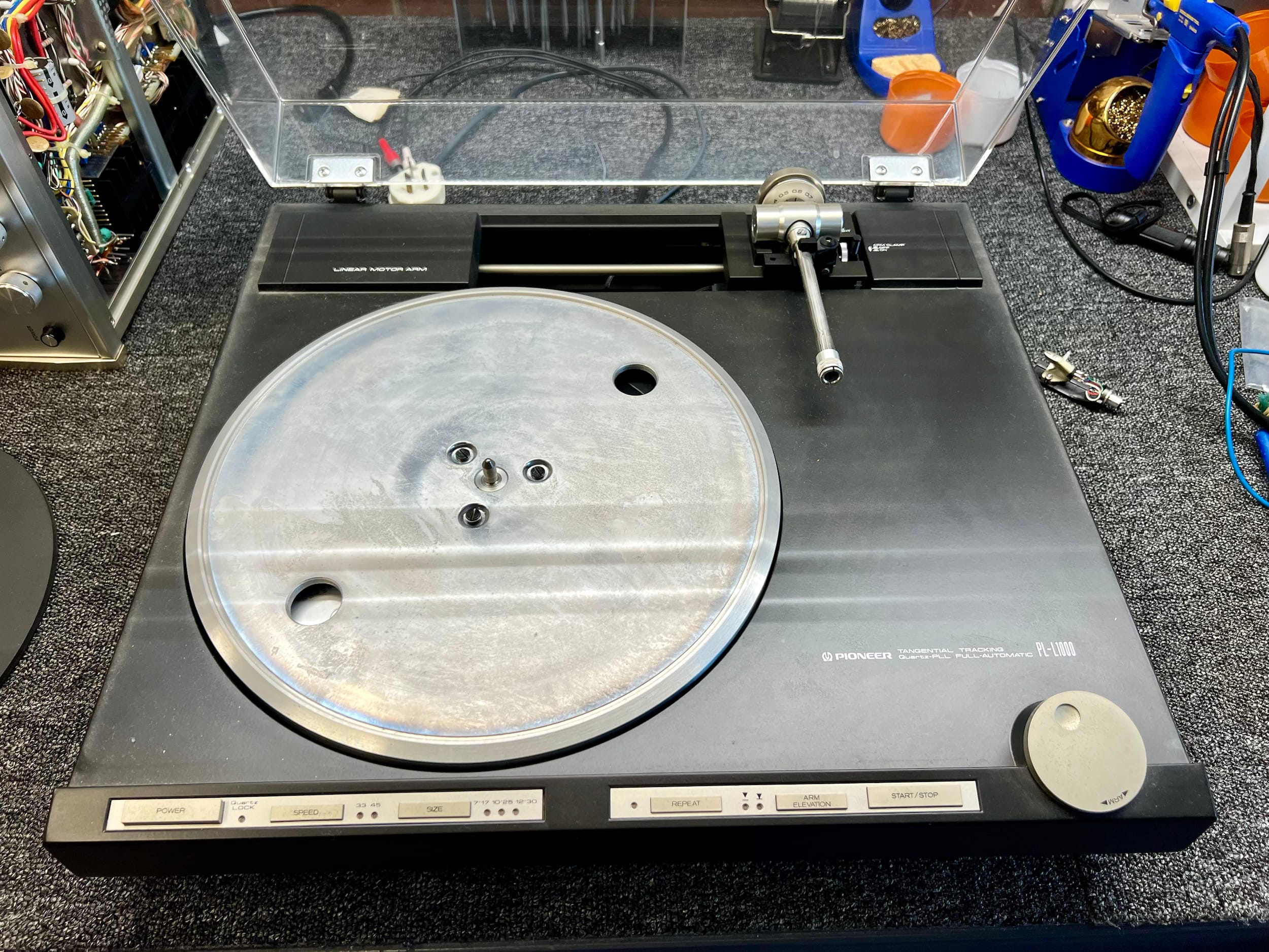





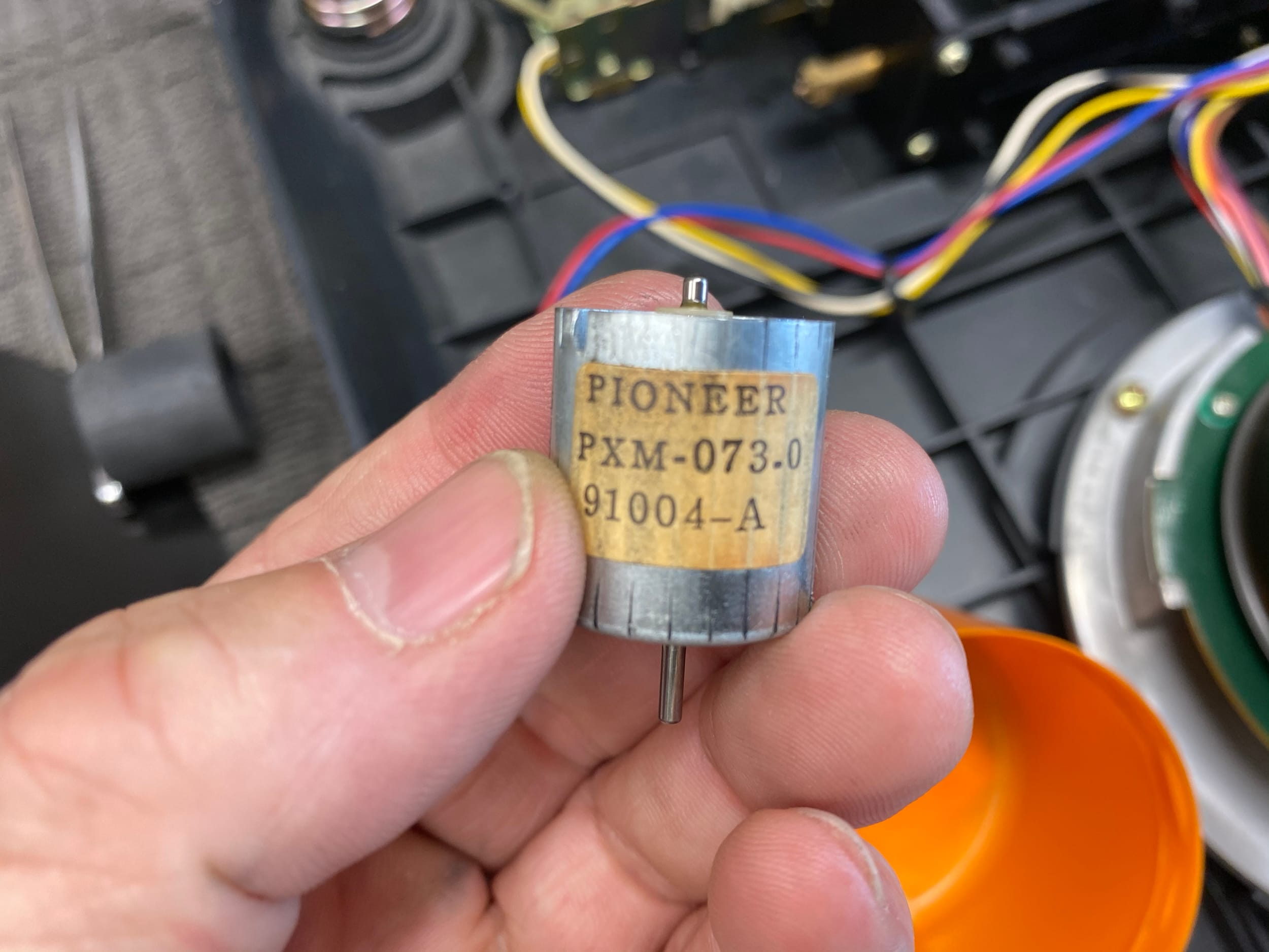
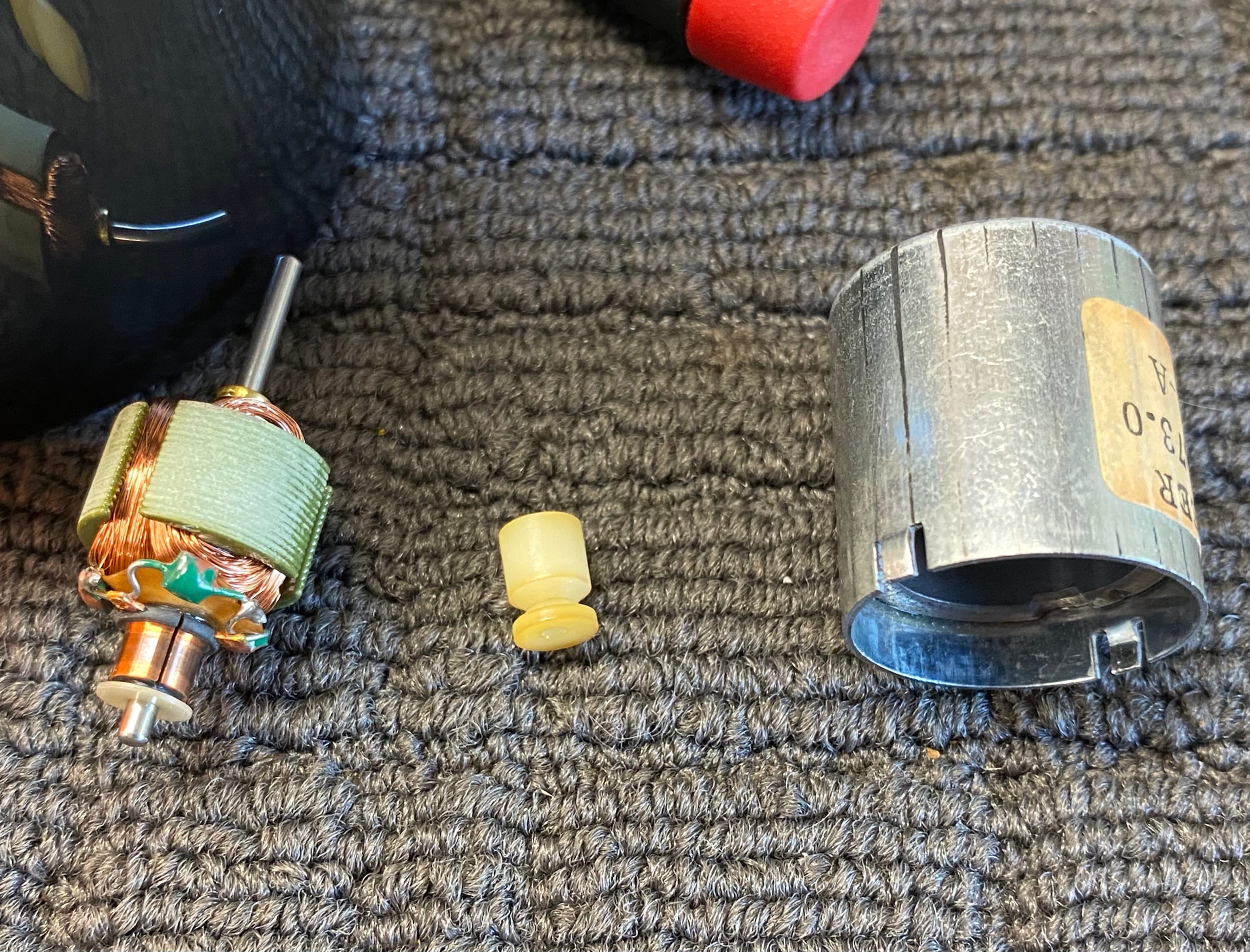


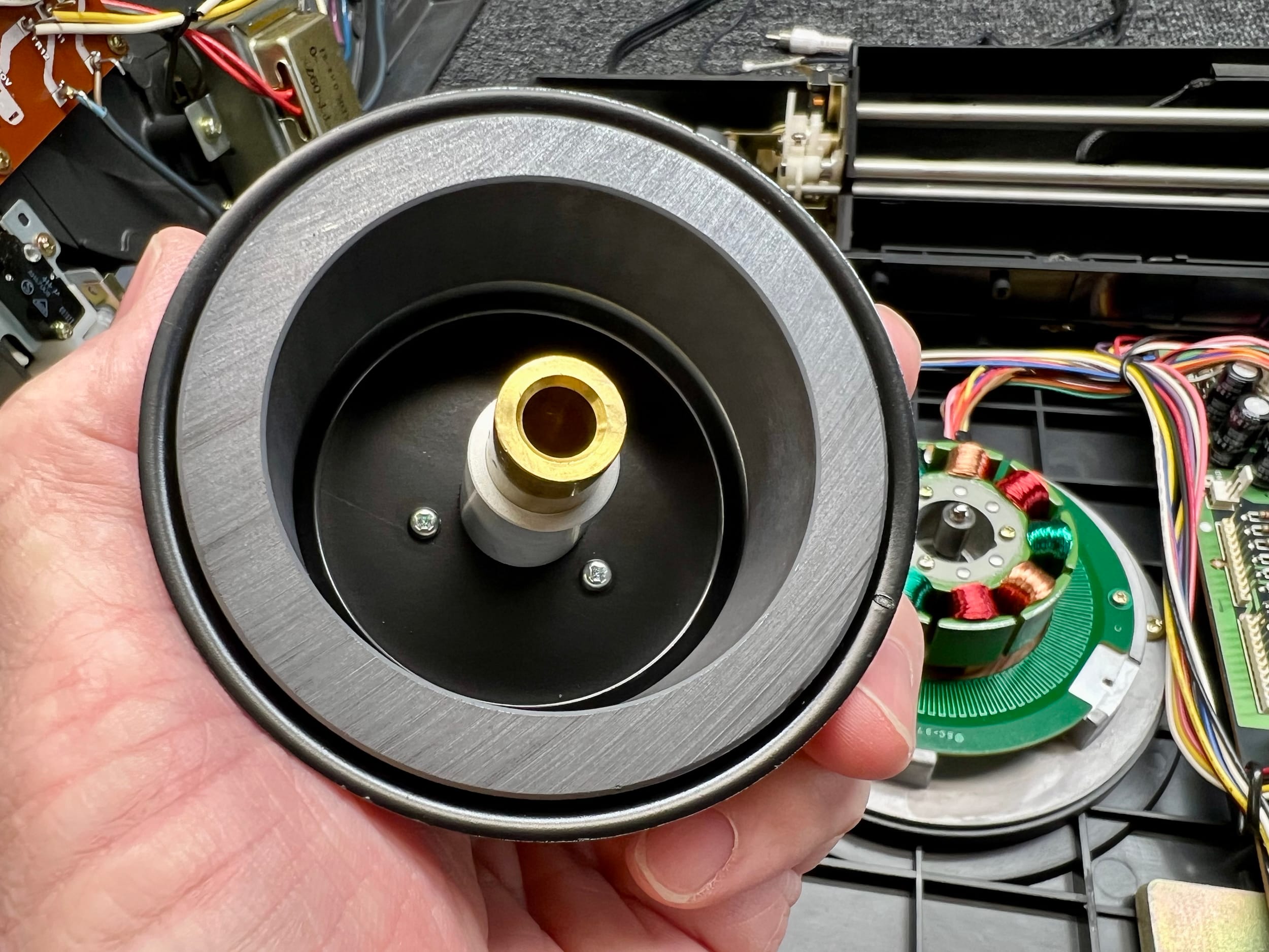

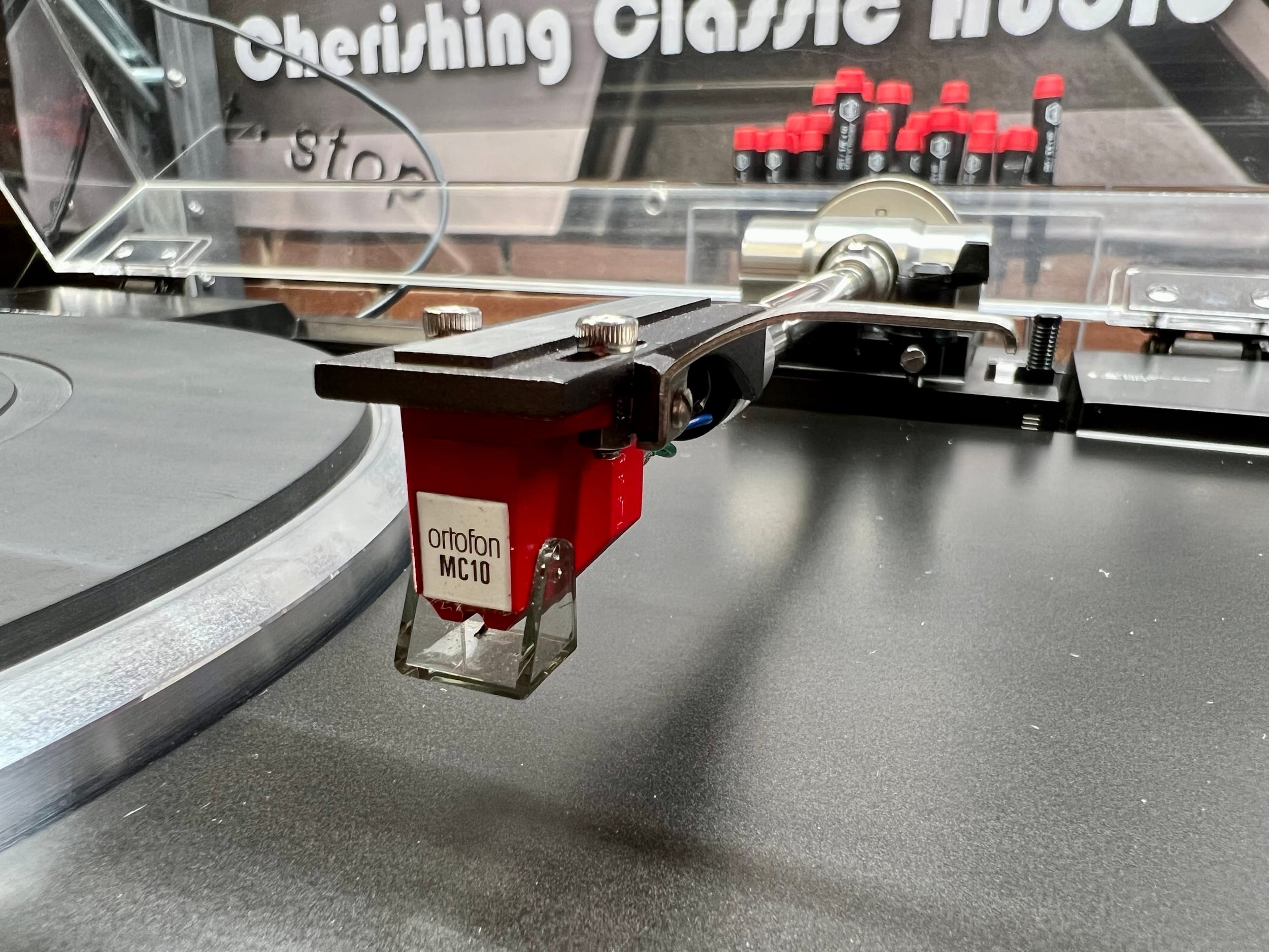
Results & Sound
Thankfully, and after a visit back to me to resolve one niggly issue, gratis in this case, we finally have this wonderful turntable running perfectly and sounding sublime. I’m especially glad about that because Brian deserves it. Good on you, Brian.
Brian sent me his thoughts after reading this article:
Hi Mike,
Firstly thank you for your lovely and kind review of the PL-L1000.
I had no idea at all it was in such a dilapidated condition. I inherited it from my father, and it has basically moved from home to home (4 in all) and hardly ever been played until now.
The deterioration of the suspension rubber dampers is amazing. I can’t thank you enough. I’m still staggered at how nice it sounds, in spite of it being in a cr#p room!
Thanks again for everything Mike.
A privilege to know you.
Brian R
Brian, you are very welcome.

So, how does she sound? Superb, as all Pioneer PL-L1000s do when carefully set up with the right cartridge. This is a lower-mass arm due to its short length, so stiff, low-compliance carts like the Denon DL-103 don’t work here. But, use a nice medium to higher compliance coil or top-grade magnet and you will be blown away by the beautiful, quiet, low distortion playback possible with a PL-L1000.
The noise floor is loooow, and the suspension means the PL-L1000 is quite a room and location-friendly turntable. There is NO tracking distortion at the lead-in, middle or inner grooves. When you hear a good linear tracker, you realise how much distortion is added by poor setup and radially mounted arms, especially short ones.
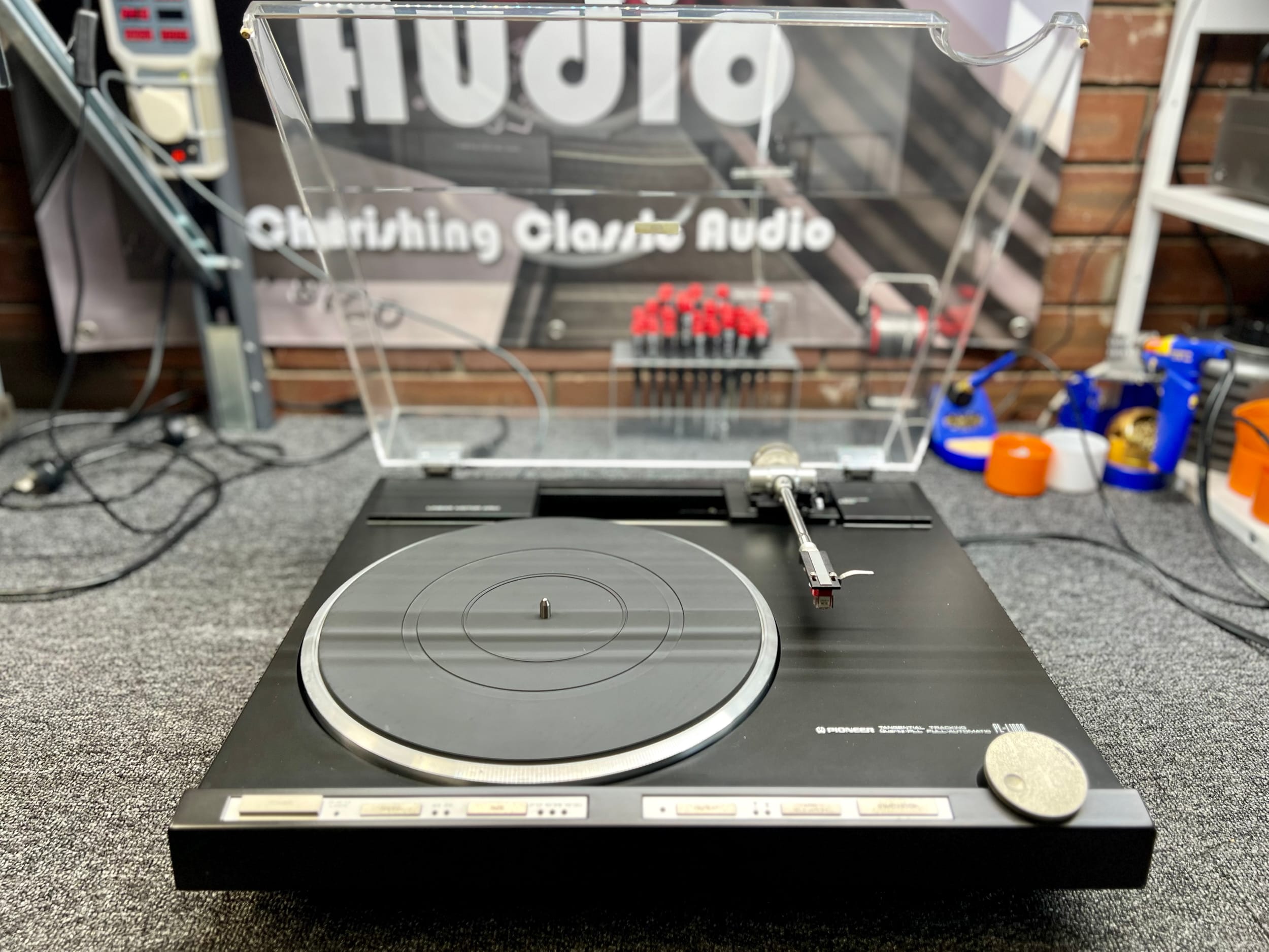
Compared to a few contemporaries like the Kenwood KD-500/550 or Technics SL-1200, I’d take the Pioneer PL-L1000. Decks like the Kenwood KD600/650 and Denon DP-1200 will also get a serious run from one of these lovely decks, though they have other virtues. They don’t have the lovely automation of the PL-L1000, though. The PL-L1000 is very similar to the Pioneer PL-50L, like a linear tracking version. I like both of these equally.
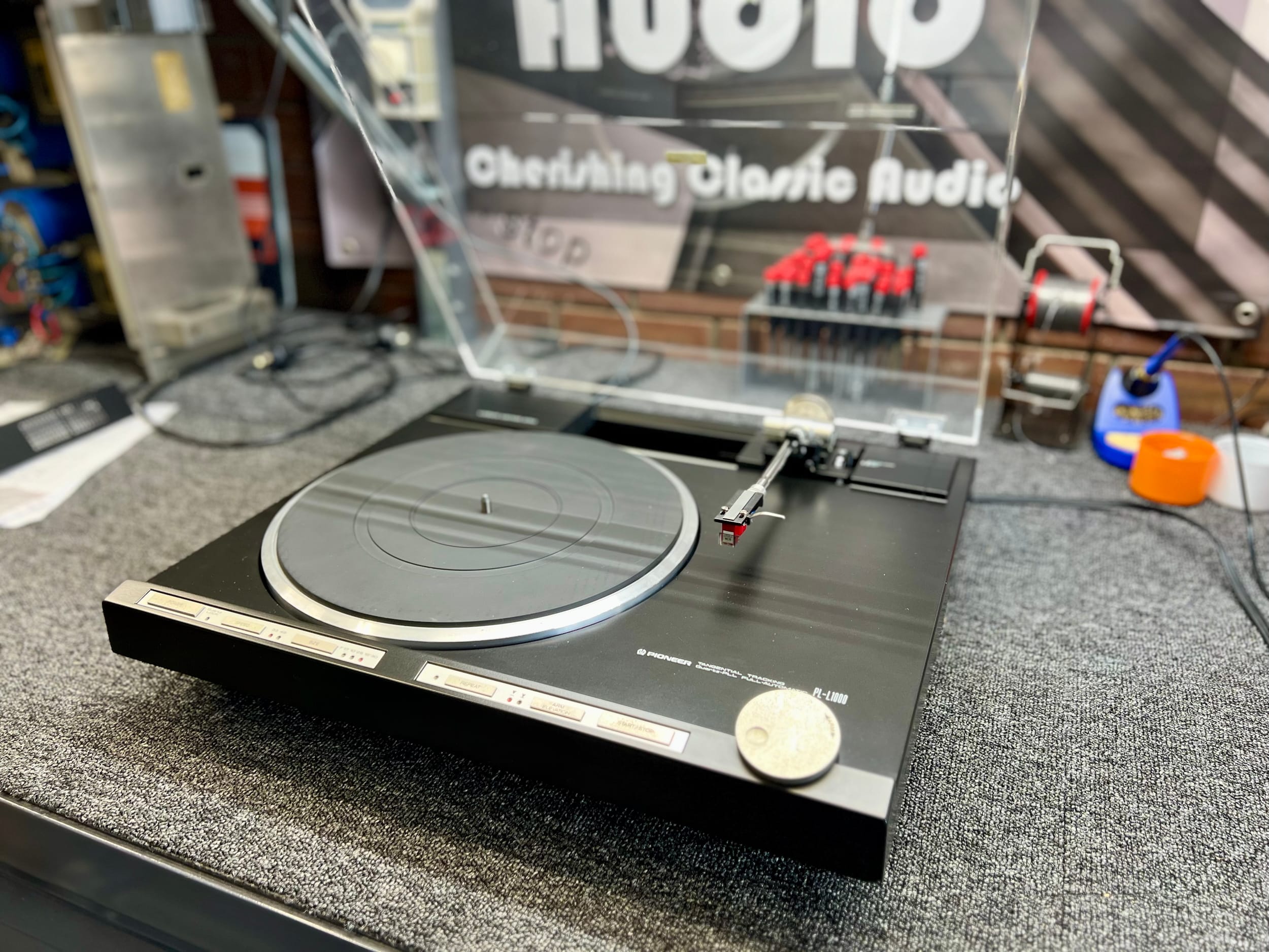
Compared to what’s available new, this thing kills any sub $3K turntable I’ve ever seen and heard, and in terms of coolness, well, that’s a flawless victory to the PL-L1000. I don’t love the plastic base of the Pioneer, but the alloy top is nice. I love the push-button functionality and the jog dial. Most of all, I love the sonic performance that the chassis, tonearm and motor combine to achieve. Superb.
I don’t need one, but if anyone has a PL-L1000 they’d like to sell, please let me know 🙂

Thanks!
As always, thank you for visiting. I hope you enjoyed this article on the venerable Pioneer PL-L1000 and perhaps learned a thing or two. If you’d like me to take care of your PL-L1000 or any other lovely Pioneer turntable, don’t hesitate to get in touch.
Please like, subscribe, share, etc. You are always welcome to shout me a coffee or something stronger. I generally need it, especially after the 5 or 6 hours it takes me to put one of these articles together. Remember, everything here is free- no paywalls, etc and everything is original and created here.
A big shout-out to my loyal customers, including Brian 😉
For those interested, this is a new review block I’ve had to use since the old style is no longer supported.
Discover more from LiQUiD AUDiO
Subscribe to get the latest posts sent to your email.

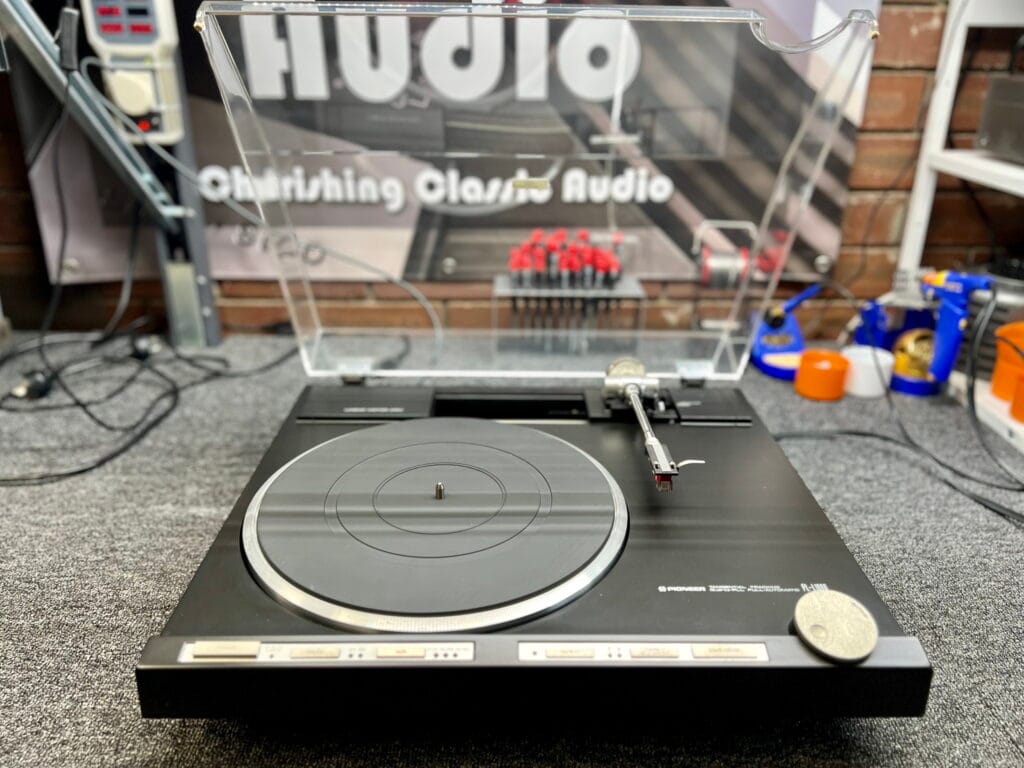
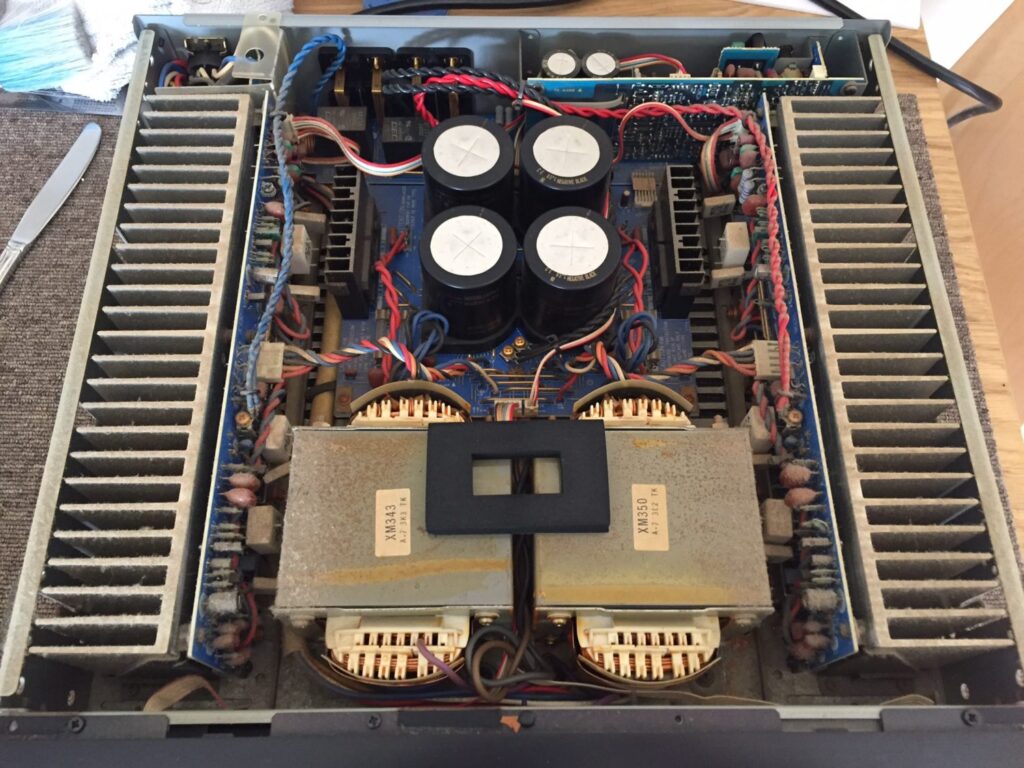
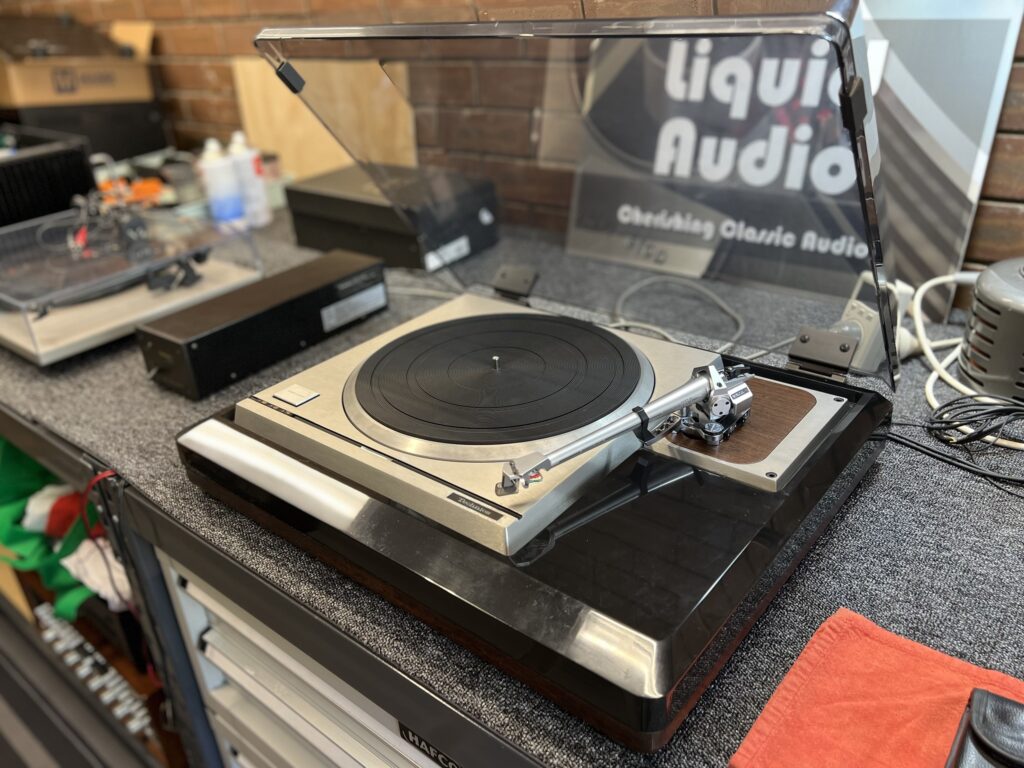
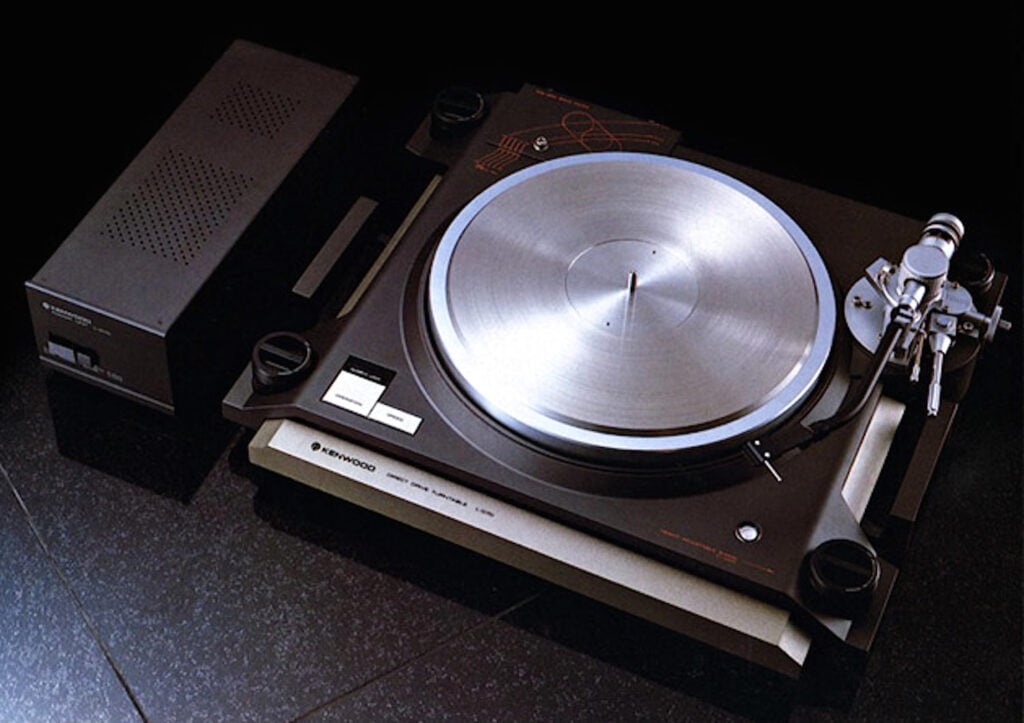
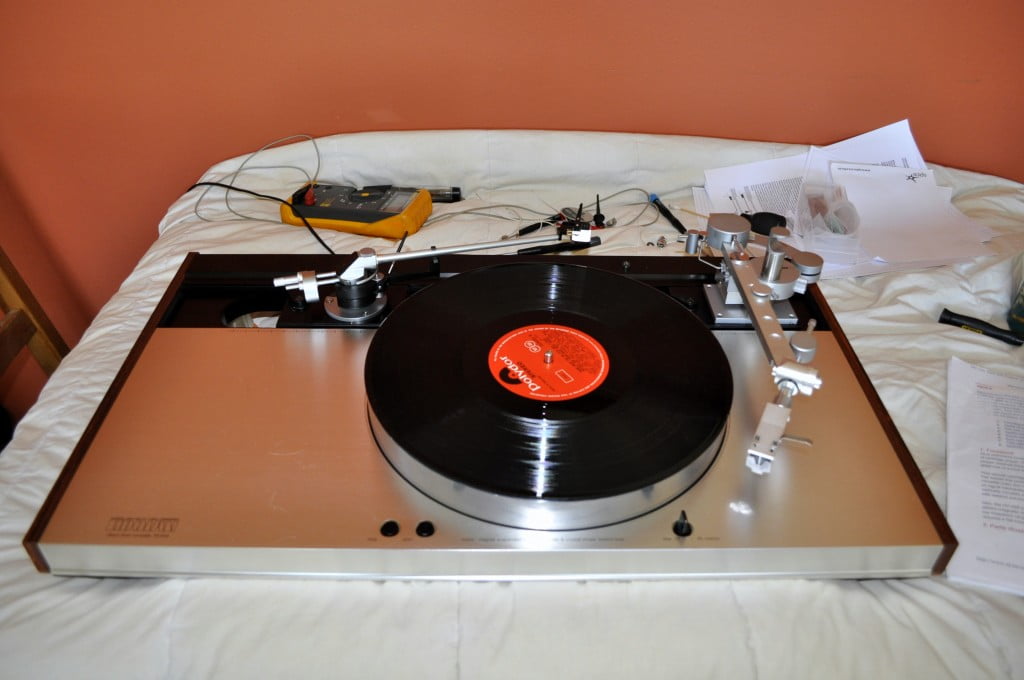
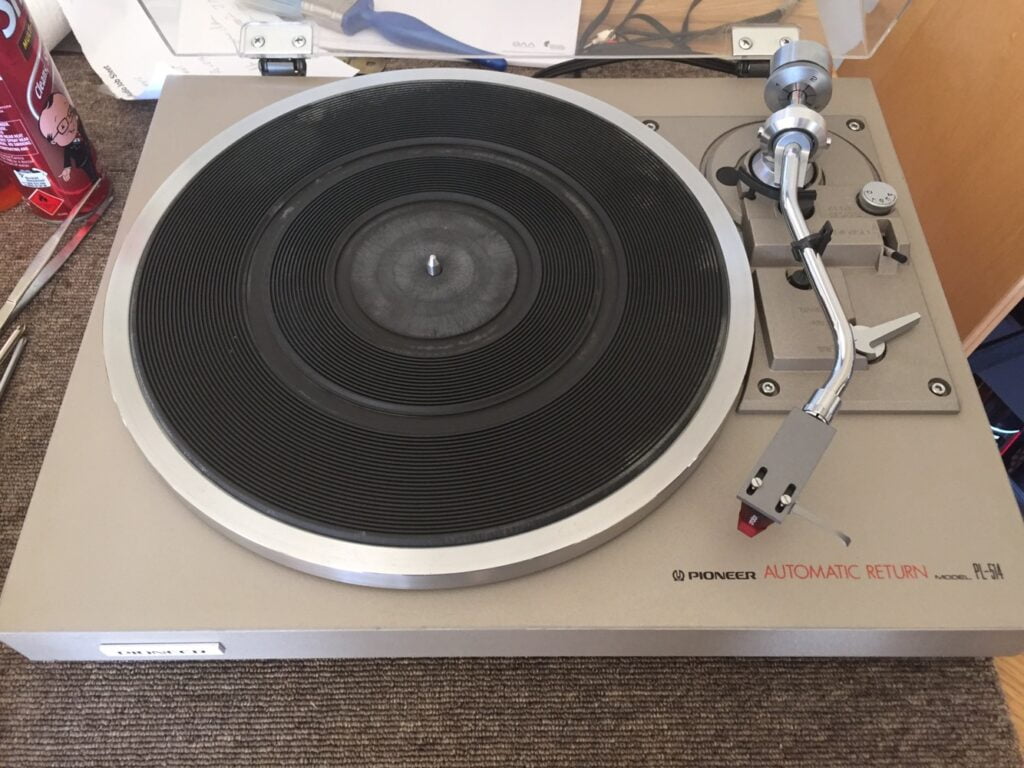
Loved this article and sending best wishes and care to customer Brian and his family.
(You’re a good man, Mr Mike)
Thanks Rob, much appreciated!
Hey Liquid Mikey,
Had the similar experience to Rob around the same decade, anyways maybe i should retire both my current tables (both unusable now!) and chase one of these???
More importantly and hopefully your client Brian’s family loss is mitigated with time and the need to carry on, (it’s how you resolve it between your own ears that is really important yeah?) and I wish them all the very best in the years to come.
Peace-out…
Hey Frank, I think you should give me a call to discuss this! Very few turntables should ever be ‘retired’, especially not good ones, and almost all are repairable in the right hands. Let me know what you have, I’m sure there will be a viable solution. Thanks for the kind words for Brian too, much appreciated.
I remember being fascinated by linear tracking turntables ever since as a very impressionable teen I first read a newspaper advertisement by Bang & Olufsen for one of their linear trackers somewhere around late 1970s. The concept seemed to make so much inherent sense, but of course the reliable and cost-effective execution of it is another matter entirely!
Full credit to Technics and Pioneer, in particular, for doing so at a mass-production scale that cannot be repeated 40-50 years later. (Pause to consider the capability that has been lost in the industry in that regard…) The printed circuit around the motor in this Pioneer is a lovely example of the thoughtful and elegant detailed design and production engineering in these turntables that is overlooked by see them as ’80s toys, and “not a serious turntable”
I was so impressed by your article a few years ago about restoring a Technics SL-10 linear tracker that I bought a Technics SL-7. It required only very minor maintenance at 40+ years old. People don’t take the SL-7 seriously when they first see its tiny size, then they feel how heavy it is, and how good it sounds, and their preconceptions of what a “quality turntable” looks like are challenged.
Really enjoyable article that demonstrates your thoroughness , care and skills, Mike. Thanks for putting the time into it and for the shout-out to your customer and his family.
I always appreciate your thoughts and kind words Rob, yes, linear trackers are very interesting indeed. The SL-7 is a classic and I work on a few of those. I’m sure Brian will appreciate this also!
I’m so happy to stumble upon such a dedicated article and coverage on one of my favorite turntables 🙂 I have 2, one is still hooked up in my main system and the other can’t move the tonearm automatically (previous service person told me likely circuit board issue) so planning to try fix it when the opportunity comes. I have and displayed the original Ad for this turntable with the catchy tagline “A LITTLE LATERAL THINKING SETS THE PROBLEM STRAIGHT” on the wall just above it. I wish to share a pic of this Ad with you all but there is no file attachment option here. If there is another way let me know.
Anyway I even happier to get to know about this fantastic site, community and contents, and have just subscribed and this is my first post here, and looking for more interation moving forward!
Hi Ed, very pleased to have another happy reader and PL-L1000 owner! Having no file attachment capability here keeps the site safe, but try sending a pic to service at liquidaudio.com.au. This will get to me. Update: received and added to the story!